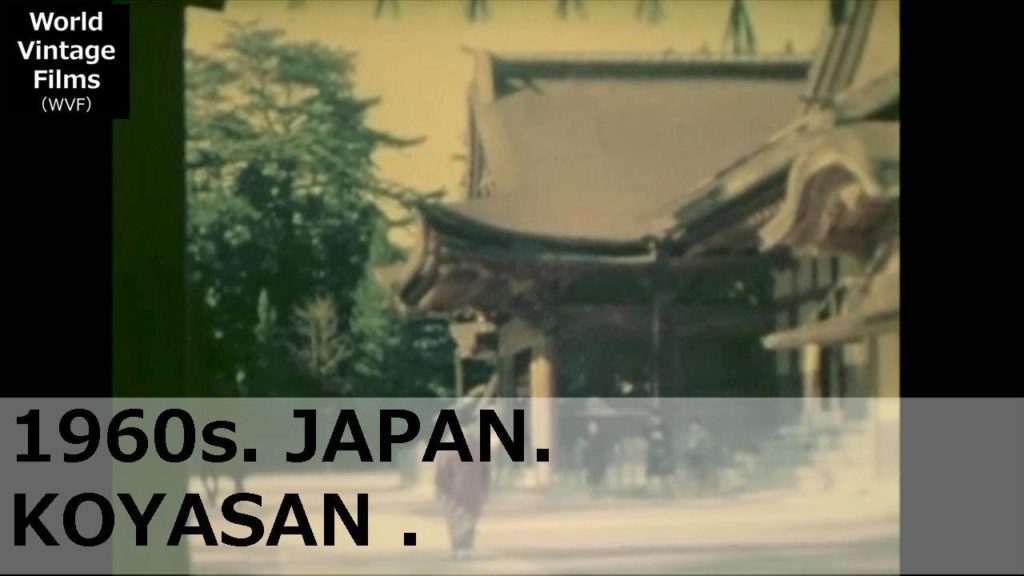Koyasan is the name of an area located in Koya-cho, Ito-gun, Wakayama Prefecture, in the northern part of Wakayama Prefecture, and there is no mountain called Koyasan. The townscape spreads out in the mountain basin at an altitude of about 800 m, surrounded by 1,000 m-class mountains. Koyasanuchi is said to be the “one mountain precinct”, and the entire area of Koyasan is regarded as the precincts of the temple, and it is a town that developed within the precincts. Originally, the entire Koyasan and Kongobuji are synonymous. Therefore, the history, temples, and cultural properties of Koyasan are detailed at Kongobuji Temple. Kukai (Kobo Daishi) was given by Emperor Saga in the 7th year of Konin (816) during the Heian period, and it is one of the sacred sites in Japanese Buddhism that opened as a dojo for Zen Buddhism. Currently, it forms a religious city centered on the Nemoto Dojo called “Danjo Garan”. There are 117 temples in Yamauchi, including Kongobuji Temple (the mountain number is Koyasan) and Hojuin Temple, which is the head temple of the Koyasan Shingon sect, and about half of them also serve as shukubo. July 7, 2004, Koyasan-cho stone road and Kongobuji temple precincts (6 districts), 12 buildings together with Kumano, Yoshino and Omine as “Sacred Sites and Pilgrimage Routes in the Kii Mountain Range”, a UNESCO World Heritage Site Was registered in. Furthermore, on October 24, 2016, Kurokawa Road, Nyoninmichi, Kyo-Osakamichi Fudozaka, and Mitanizaka were additionally registered as World Heritage Sites as Koya Sankeimichi. “Mt. Koya” as a place name is surrounded by peaks called Yaba no Mt. Refers to a basin-like flat area. Surrounded by eight peaks, the terrain is described as “a lotus flower has opened”, and as a Buddhist sanctuary, it is located in the “Nakadai Hachiyoin” of the Mandala of the Two Worlds. It is imitated. The three mountains of Tenjikuyama, Yoryusan, and Mayan are called Koya Sanzan.
In Japan, when we say simply “pre-war”, we usually refer to the period before the outbreak of World War II, starting with the attack on Pearl Harbor. The Japanese economy grew by leaps and bounds over a period of about 19 years, from 1954 to 1973, when the domestic postal code system and Euroclear were established in 1968, followed by rapid progress in bringing the bill clearing system online. In 1956, the White Paper on the Economy was published. During the period of rapid economic growth in the 1960s and 1970s, the economy benefited from special demand from the 1964 Tokyo Olympics and the 1970 Osaka World’s Fair. In 1968, the country’s gross national product (GNP) surpassed that of West Germany to become the second largest in the world. Bullet trains and expressways were built. Just before the 1970s, when Japan became a creditor nation, foreigners began to invest more in Japanese stocks. The Nixon Shock of 1971 led to a substantial revaluation of the yen, which corrected the excessive surplus in the balance of payments and contributed to economic stability. In October 1973, the Fourth Middle East War triggered a rise in the price of crude oil, and Japan fell into an oil shock (the First Oil Shock). Thereafter, the economy moved into a period of stable growth (from December 1973 to February 1991, when the bubble economy burst).
About World Vintage Films
I’m doing a Youtube video of footage taken from the 1910s to the 1980s.
The footage is original and was filmed by my family and my friends while they were traveling.
That’s why most of the footage was shot in Japan.
The first step in the editing process is to convert the video from analog to digital. Then I remove the unnecessary parts and add the original music and subtitles. We don’t want to hide the footage, so we don’t have many subtitles.
Black and white footage may be converted to color.
International and domestic travel around the world, before, during and after the war.
We have over 10,000 films that have not yet been released to the public. We will continue to edit and distribute a few more in the future.
There is a lot of valuable footage. Especially rare are old footage from less developed countries. At that time, the equipment for filming was rare. Pre-war footage of Japan is also valuable. Old cars and trains. There is also footage of airplanes shot from the sky. Towns and markets, and people. And people. Famous tourist spots and natural scenery. The fashion sense is also interesting and different from today. Enjoy the scenery in the old style.
Mostly on 8mm, 16mm, 9.5mm, 35mm, etc. Newer types of video, such as VHS, are not covered.
(I translate in multiple languages, so my writing is poor.)
#1960s
#japan
#koyasan
BGM:MusMus


AloJapan.com